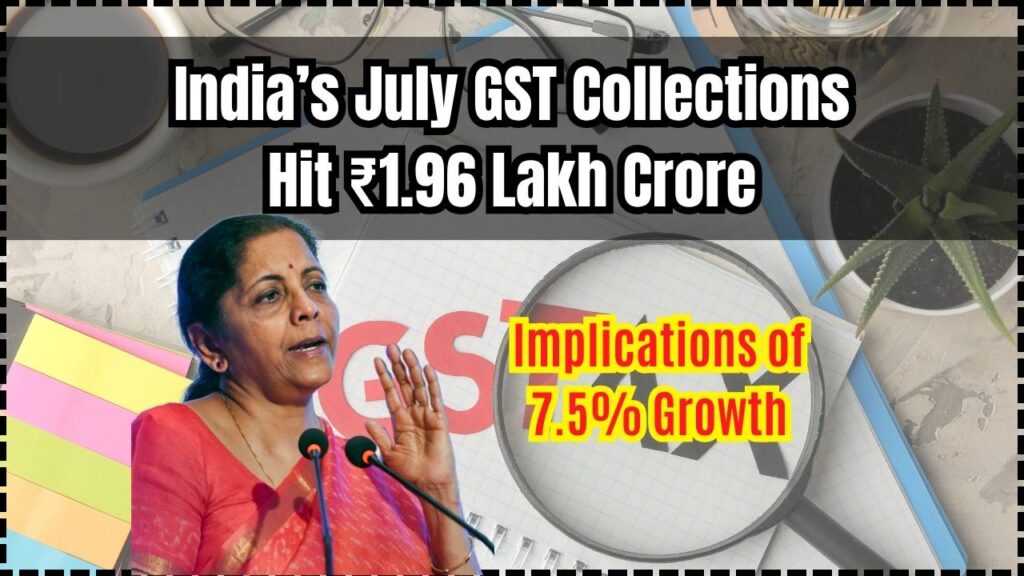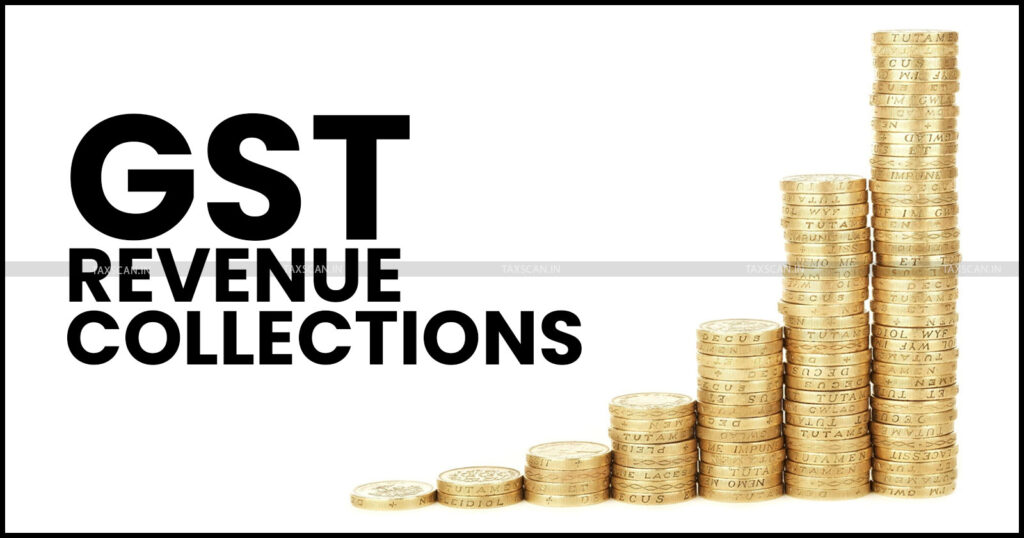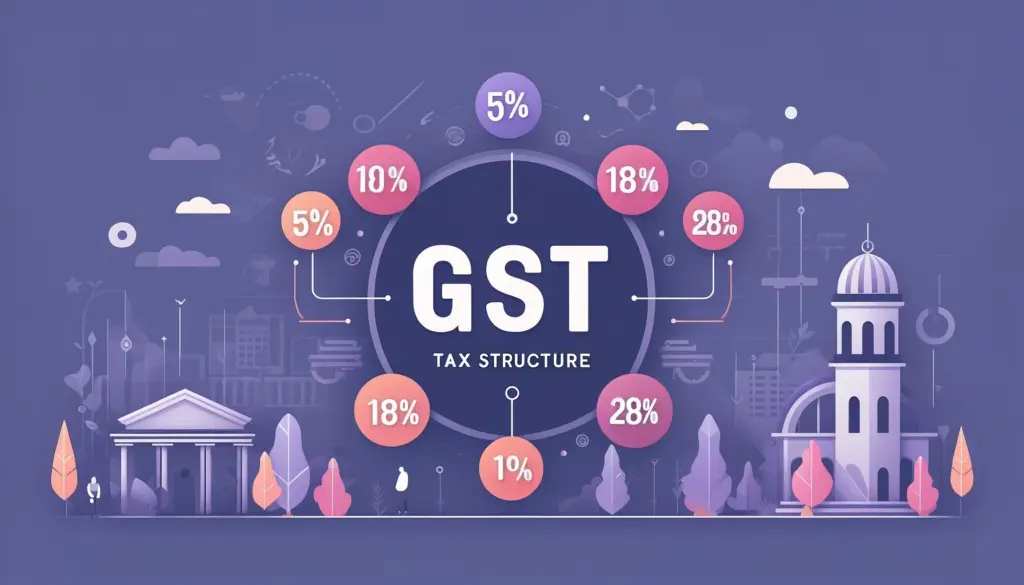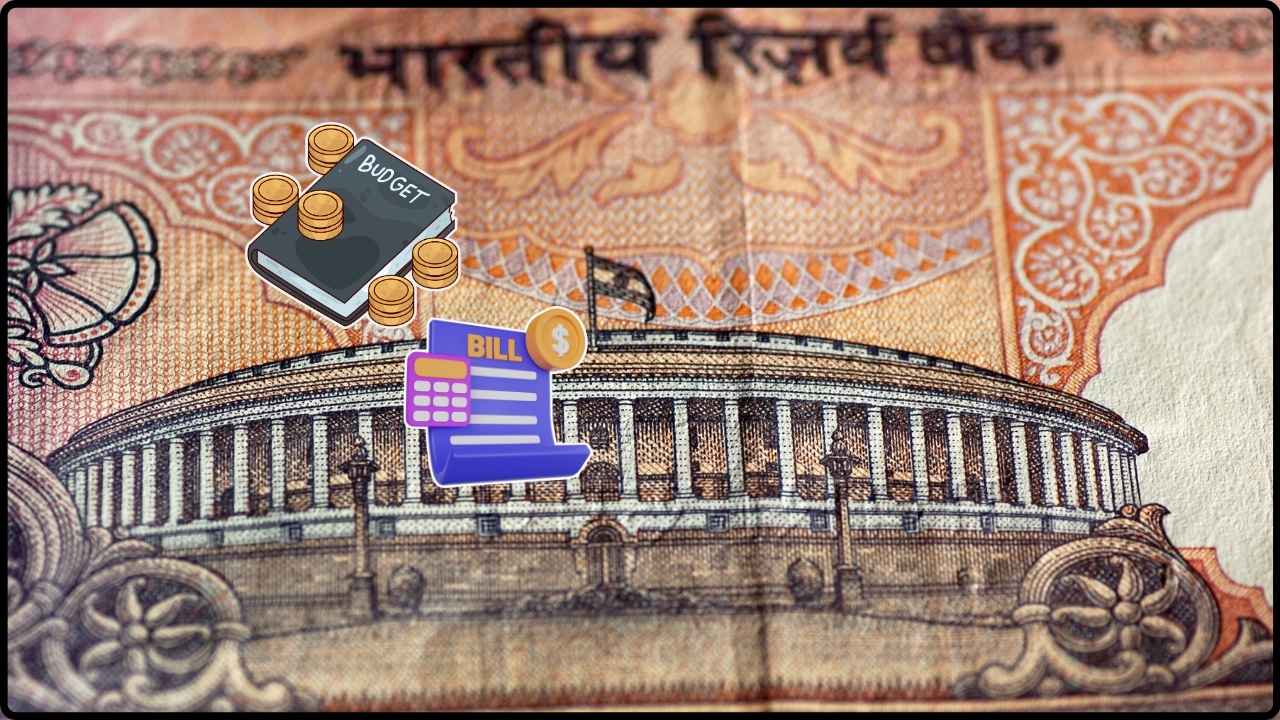
India’s July GST Collections Break Records: India’s Goods and Services Tax (GST) collections in July 2025 have soared to ₹1.96 lakh crore, marking a significant 7.5% increase compared to the same period in the previous year. This new high not only reflects a strong economic recovery but also indicates that the country’s economy is building momentum despite the many challenges that have confronted the world over the past few years. With this record-breaking figure, India has shown resilience, proving that its economic fundamentals remain solid. But what does this growth mean for the average person and the business community? In this article, we’ll break down the implications of this surge, what it means for various sectors, and what you, as a business owner or consumer, can expect moving forward. Let’s dive in.
India’s July GST Collections Break Records
In conclusion, India’s July GST collection of ₹1.96 lakh crore and its impressive 7.5% growth is a testament to the country’s economic resilience. From sustained consumer spending to a thriving manufacturing sector and robust tax compliance, these figures indicate a positive outlook for the nation’s economy. For businesses, this growth presents new opportunities to capitalize on a recovering economy. Whether you’re a small business owner or a large corporation, understanding and responding to these trends can help you make strategic decisions that will benefit your bottom line. As we head into the festive season, experts predict that GST collections may see another boost, making it an exciting time for both consumers and businesses alike.
| Key Data | July GST Collection | Growth Rate | Refund Surge | Top Contributors |
|---|---|---|---|---|
| GST Collection | ₹1.96 lakh crore | 7.5% Year-on-Year (YoY) | ₹27,147 crore | Maharashtra, Karnataka, Gujarat |
| Economic Indicator | Manufacturing Activity | 16-month High | Refund Growth: 66.8% | Madhya Pradesh, Bihar, AP |
| Consumer Trends | Sustained Demand | Strong Demand Indicators | Consistent Growth | Other states showed variation |
| Official GST Details |
What Is GST and Why Should You Care?
Before we get into the specifics, let’s make sure everyone’s on the same page. GST (Goods and Services Tax) is essentially a tax levied on the sale of goods and services in India. Think of it as a tax on transactions, from the things you buy at the grocery store to the services you pay for—whether it’s a haircut or a hotel stay. It’s a tax that businesses collect and pass on to the government.
GST is crucial because it helps streamline taxes in India by replacing multiple indirect taxes like VAT (Value Added Tax), excise duty, and service tax. With such a system, both businesses and consumers benefit. It ensures that the tax burden is shared, and the government receives a steady flow of revenue to fund public services.
India’s July GST Collections Break Records
Let’s take a closer look at the numbers. The July 2025 GST collections were a record ₹1.96 lakh crore, marking an increase of 7.5% over last year. While this is fantastic news, what does it really mean? Well, it indicates a few important things:
1. Strong Economic Recovery
This growth suggests that India’s economy is still on the upswing. Even though we’ve seen global economic disruptions in recent years, including inflation, supply chain problems, and geopolitical tensions, Indian businesses and consumers are adapting and pushing forward. The 7.5% increase in GST collections points to a healthy recovery, especially in sectors like manufacturing and retail.
2. Sustained Consumer Spending
One of the biggest drivers of economic growth is consumer demand, and this year’s record GST collections reflect just that. People are still spending, whether it’s on essentials, services, or luxury items. This trend of sustained spending is crucial for the Indian economy, as it forms the backbone of growth.
3. Manufacturing and Industry Strength
In July, manufacturing activity hit a 16-month high with a Purchasing Managers’ Index (PMI) of 59.1. For those not familiar with PMI, it’s a key indicator of economic health. Anything above 50 means growth. So, a 59.1 indicates that manufacturing is not just stable but thriving. With strong industrial output, GST collections from sectors like electronics, automobiles, and textiles have been higher than usual.

What Does This Growth Mean for Businesses?
For business owners, this uptick in GST collections is a sign of thriving markets. But what does it mean on the ground?
1. Increased Demand Across Sectors
Businesses, especially in sectors like retail, hospitality, and construction, can expect continued strong demand in the months to come. With higher consumption, businesses might consider expanding their offerings or reaching new customers. E-commerce businesses, in particular, can capitalize on this growth as online shopping continues to surge.
2. Refunds and Liquidity
One interesting aspect of the July GST report is the 66.8% increase in refunds, amounting to ₹27,147 crore. For businesses, this is a big win, especially for those that export goods or have complex operations involving inter-state trade. Refunds help improve liquidity, giving businesses more cash to reinvest in their operations or expand.
3. Smoother Tax Compliance
The surge in GST collections also reflects improved tax compliance. The government has introduced measures to make tax payments and returns smoother, ensuring that businesses have fewer hurdles to jump through. This trend will likely continue as businesses embrace technology and digital platforms to streamline their tax obligations.
Regional Performance: A Closer Look at States
While some states are experiencing robust growth, others are lagging. Let’s take a closer look at the regional performance.
1. Top Contributors
Maharashtra, Karnataka, and Gujarat have emerged as the top contributors to GST collections, making up a large portion of the national revenue. These states have thriving industrial sectors, large populations, and extensive commercial activity.
- Maharashtra: ₹30,590 crore
- Karnataka: ₹13,967 crore
- Gujarat: ₹11,358 crore
2. Growth States
Madhya Pradesh, Bihar, and Andhra Pradesh also showed impressive growth, with some states witnessing up to an 18% increase in their GST collections. This demonstrates that regions outside India’s economic hotspots are also starting to pull their weight.
3. Declining Regions
However, not all regions have fared equally well. Some northeastern states like Manipur and Mizoram reported a decline in collections. This highlights the disparities in regional economic development. While the economic engine of India roars, certain areas continue to struggle due to factors like limited industrialization, lower population density, or socio-political challenges.

Global Context: How India’s GST Growth Stacks Up
India’s strong GST collections don’t just show local resilience; they also place India on the map globally. In comparison to global tax trends, India’s collection growth rate is significantly higher than many countries, especially those in the West, where growth has stagnated or even contracted due to inflation and slowing economies.
For example, countries like the US, Canada, and European Union nations have seen slower recovery in their tax collections following the pandemic. India’s 7.5% year-on-year increase in GST collections indicates that its economic engine is moving faster than many developed economies.
Impact on Investment
The growth in GST collections is a clear signal to investors that India is an attractive place to do business. Strong tax collections indicate a stable and growing economy, which can lead to more foreign direct investment (FDI) in the country. Investors see a thriving market, robust consumer demand, and growing industrial activity—three key components that make India a preferred destination for investment.
Both foreign and domestic investors are likely to look at India’s solid economic performance and consider putting more capital into the country, especially in sectors benefiting from strong growth such as technology, e-commerce, and manufacturing.
The Role of the Government in Supporting This Growth
India’s record GST collections also reflect the success of government reforms and fiscal policies. The GST reform itself, which was implemented a few years ago, has drastically simplified the country’s tax system. This has resulted in smoother business operations, better compliance, and increased transparency.
The government’s digitalization of tax systems and initiatives like GST e-way bills and real-time monitoring have made it easier for businesses to meet tax obligations. As a result, tax compliance has improved, leading to higher collections.
Looking Forward: Projections for the Future
What does the future hold for GST collections in India? With the festive season approaching and the economy continuing to recover, experts predict that GST collections could see another boost. Consumer spending tends to increase during festivals, which will likely drive up the GST collections even further.
On the business side, growth in exports and a rise in industrial activity will continue to be key factors supporting GST revenue in the coming months.
GST Collections for July 2025: You Won’t Believe Which State Tops the List!
Massive ₹62 Crore GST Evasion Scam Uncovered in Ludhiana—Two Arrested in Major Tax Fraud Bust!










